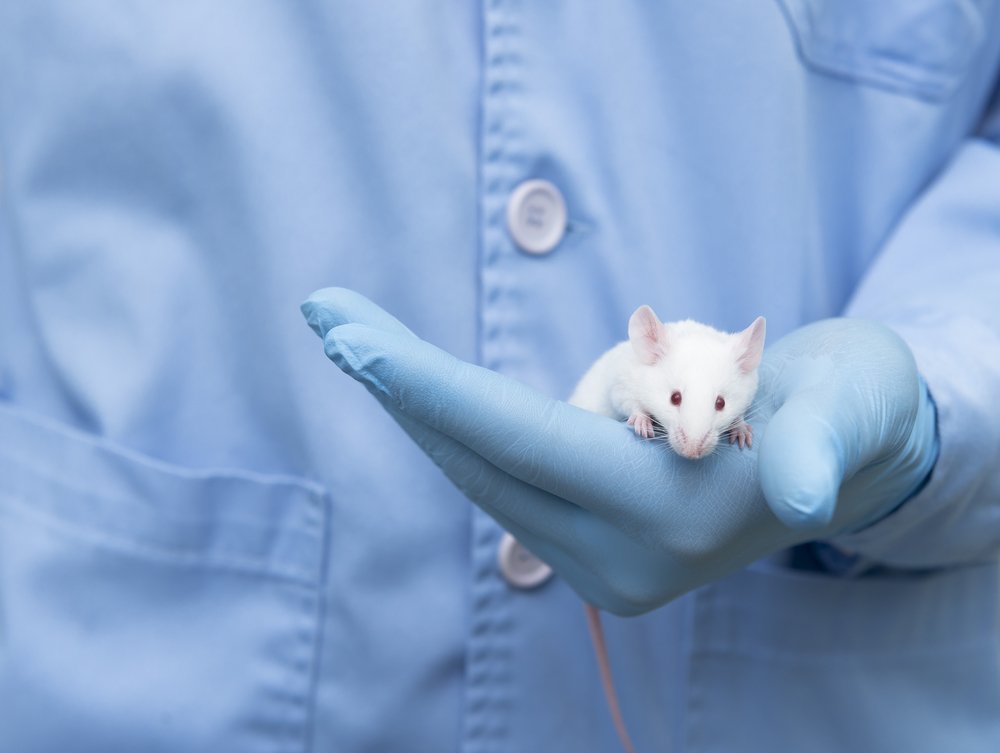Experiments Indicate Gene Therapy for Batten Should Aim for Low Levels of Activation
Written by |

Mouse experiments with a gene therapy for juvenile Batten disease indicate that lower activation of the mutated CLN3 gene are more beneficial than high levels.
While the research team was the first to show that the specific gene delivery method can be used for treating Batten disease, their findings illustrate the importance of what scientists call the promoter — a stretch of DNA, necessary to activate a gene — for successful gene therapy.
Researchers at the University of Nebraska Medical Center used two self-complementary adeno-associated virus 9 (AAV9) molecules to deliver the CLN3 gene to mice, and noted that only promoters that gave rise to a low CLN3 production in the mice corrected symptoms and disease signs.
The study, “Self-Complementary AAV9 Gene Delivery Partially Corrects Pathology Associated with Juvenile Neuronal Ceroid Lipofuscinosis (CLN3),” was published in The Journal of Neuroscience.
Batten disease, also called juvenile neuronal ceroid lipofuscinosis (JNCL), appears when the CLN3 gene is mutated. As a result, cells are not able to break down protein and fats. The mutation is present in all the body’s cells, but the condition mainly gives rise to abnormalities in the central nervous system.
Although the U.S. Food and Drug Administration (FDA) recently approved the enzyme replacement therapy Brineura (cerliponase alfa) for one type of Batten, researchers are still working toward a solution that involves the delivery of functional genes to treat the condition.
AAV9 is a good choice for conditions affecting the central nervous system because the virus can enter the brain and spinal cord once it has been injected into the bloodstream.
Researchers developed two gene therapy solutions using different promoters. One would drive only a low gene activity, and the other would give rise to high CLN3 levels.
Researchers injected one-month-old mouse models of the disease. They noted that only the gene therapy that gave rise to low CLN3 levels reduced movement problems. The low-level version also reduced the activation of glial cells in the mice brains and the abnormal aggregation of cell debris in the lysosomes. Activated glial cells are a sign of brain inflammatory processes.
The gene therapy that caused a high production of CLN3 did not have any benefits.
Although researchers noted that lower levels were linked to better outcomes in the experimental animals, they could not exclude the possibility that the better version lodged more of the gene in neurons, compared to the ineffective one.




